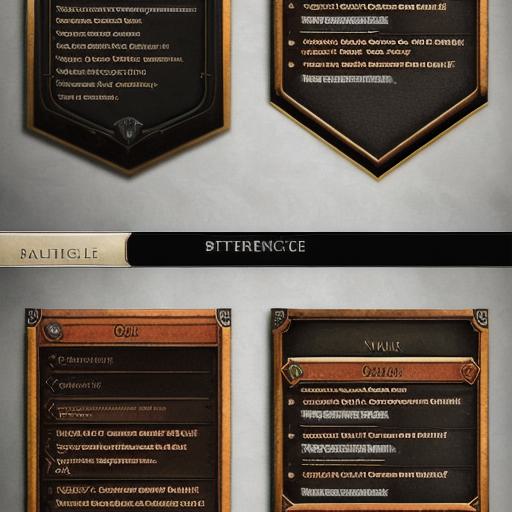Game development is a complex process that requires a combination of technical and creative skills. One of the most critical aspects of game development is design, which involves creating a unique gameplay experience that engages players. In this article, we will explore the most common game development design patterns and how they can help you enhance your game creation process.
- Singleton Design Pattern
The singleton design pattern is one of the most commonly used patterns in game development. This pattern ensures that only a single instance of a particular class exists throughout the entire game. The singleton pattern is particularly useful in situations where it’s essential to ensure that there is only one instance of a particular object or entity in the game, such as the game’s main camera or the player character.
For example, suppose you are developing a first-person shooter game. In this case, you will want to ensure that the player character remains unique and doesn’t get cloned during gameplay. The singleton design pattern can help you achieve this by ensuring that only one instance of the player character class exists throughout the entire game.
- Observer Design Pattern
The observer design pattern is another popular pattern in game development, particularly for creating real-time games that require constant updates. This pattern enables objects to notify each other when their state changes. In game development, this can be useful for notifying players of important events or updates, such as when an enemy is nearby or when a new achievement has been unlocked.
For example, suppose you are developing a racing game where players need to collect coins and power-ups during gameplay. The observer design pattern can help you create a system where players are notified of the location of these items in real-time, ensuring that they can quickly collect them to increase their score.
- Factory Design Pattern
The factory design pattern is often used in game development to create objects or entities on-the-fly. This pattern provides an interface for creating objects, but allows subclasses to determine which class of object will be created. The factory design pattern can help you save memory and improve performance by only creating objects when they are needed, rather than pre-loading everything into memory at the start of the game.
For example, suppose you are developing a strategy game where players need to create different types of units to fight their enemies. The factory design pattern can help you create a system where players can select from a range of unit types and have them created on-the-fly as needed, without wasting memory or slowing down the game.
- Strategy Design Pattern
The strategy design pattern is often used in game development to enable different behavior from objects depending on their context. This pattern defines a family of algorithms, encapsulates each one, and makes them interchangeable. In game development, this can be useful for creating games with multiple strategies or game modes that require players to adapt their approach based on the situation.

For example, suppose you are developing a real-time strategy game where players need to manage resources and build structures to win the game. The strategy design pattern can help you create a system where players can choose from different strategies for managing resources and building structures, depending on the game’s objectives and requirements.
- Command Design Pattern
The command design pattern is often used in game development to enable undoable actions and to separate object behavior from client code. This pattern encapsulates requests as objects, thereby letting you parameterize clients with different requests, queue or log requests, and support undoable operations. In game development, this can be useful for creating games with complex interactions and actions that require players to undo or redo them as needed.
For example, suppose you are developing a puzzle game where players need to solve increasingly complex puzzles by placing different objects in specific locations. The command design pattern can help you create a system where players can undo their actions if they make a mistake, and where the game can keep track of all the changes made during gameplay.
